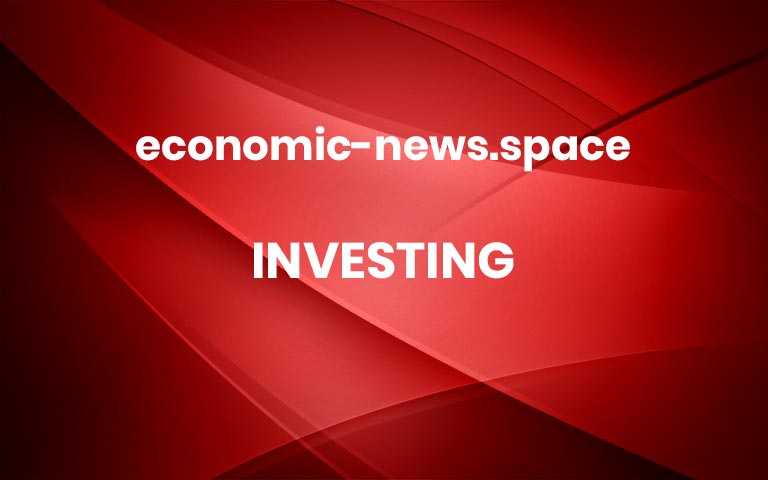The key to being confident in an uncertain market, according to a CFP: ‘Always be calibrating’

ETF Strategist
ETF Street
ETF Strategist
This year’s wild market fluctuations haven’t done much to dim investor confidence, a new report by Fidelity found.
However, it’s a great time to reassess risk, according to certified financial planner Tim Maurer.
Exchange-traded funds, in particular, are a great tool for diversification with lower fees relative to mutual funds, Maurer said.
Recent bouts of market volatility haven’t done much to dim investor confidence, according to a new report.
After a year of wild market swings followed by the S&P 500 hitting fresh highs last week, nearly two-thirds of investors expect their portfolios to perform the same or better in the coming months, according to Fidelity Investments’ “State of the American Investor” study.
However, while newer investors are increasingly bullish, seasoned investors have a more pessimistic outlook and lower risk tolerance, likely from experiencing other periods of extreme market fluctuations, the report found.
Fidelity analyzed sentiment and behaviors of more than 2,000 adult “DIY investors,” or those who manage their own portfolios. The investors had at least $25,000 in investable assets outside of retirement and real estate.
New and more experienced investors should be asking themselves, “How much risk do I need to take? Your willingness to take risks is always going to be changing,” said Tim Maurer, a certified financial planner and the chief advisory officer at SignatureFD, based in Atlanta.
“We should always be calibrating,” he said.
More from ETF Strategist:
Here’s a look at other stories offering insight on ETFs for investors.
“Navigating shifting market conditions can be daunting,” said Josh Krugman, a senior vice president of brokerage at Fidelity Investments.
Although newer investors felt better about investing in nontraditional assets, such as crypto, investors with over a decade of experience are adopting a cautious approach for the year ahead while seeking out stable investments to accomplish their more conservative goals, Fidelity’s report also found.
Focusing on the long term and adhering to a consistent investment strategy, along with a mix of investments, can help investors achieve better results over time, Krugman said. “That tends to help them get through the ups and downs of the market.”
Maintaining a well-diversified portfolio — including a mix of stocks and high-quality bonds, which have historically performed well during downturns — is key, other experts also say.
Exchange-traded funds or mutual funds, which are baskets of securities like stocks and bonds, “are easy vehicles to get a broad diversity of exposure to various asset classes,” Krugman said.
ETFs notch record growth
Exchange-traded funds, in particular, have gained popularity among investors, with ETF assets crossing the $10 trillion mark last year — a trend experts say is largely due to advantages like lower tax bills and fees relative to mutual funds.
“ETFs are one of the best ways for investors to get exposure to various swaths of the market at the lowest cost possible,” said Maurer, who is also a member of the CNBC Financial Advisor Council.
Exchange-traded funds are generally known for passive strategies, but there has also been a surge in actively managed ETFs, with the goal of beating the performance of broader markets.
“Active and indexed ETFs are particularly popular because they price intraday,” Krugman said.
Unlike mutual funds, which can only be traded once a day after the market closes, ETFs can be bought and sold throughout the day and during extended hours.
‘You still need to look under the cover’
“ETFs are a fantastic innovation,” Maurer said.
“My caution is that just because something is an ETF, doesn’t mean it’s a great investment,” he added. “It’s the wrapper around the investment, rather than an investment itself — you still need to look under the cover.”
With potential economic headwinds in the back half of the year, there could be more volatility in store for markets, many experts say.
That makes this “a great time for investors to be reassessing risk,” Maurer said, depending on their individual goals, life changes and time horizon, including keeping a certain amount of cash “especially if that market volatility is causing you to lose sleep.”
The benefits of buffer ETFs
So-called buffer exchange-traded funds could also provide some downside protection.
Buffer ETFs, also known as defined-outcome ETFs, use options contracts to offer investors a predefined range of outcomes over a set period. The funds are tied to an underlying index, such as the S&P 500.
But these ETFs also come with higher fees than traditional ETFs and typically need to be held for a year to get the full benefit.
“It can be a helpful tool for those who would like extra layers of protection. But there’s always going to be a cost that comes with whatever protections you are going to get, and that’s often going to be limited upside,” Maurer said.
Despite the trade-off, buffer ETFs could be a good option as you reassess your risk tolerance, he said.
Subscribe to CNBC on YouTube.
Don’t miss these insights from CNBC PRO More

